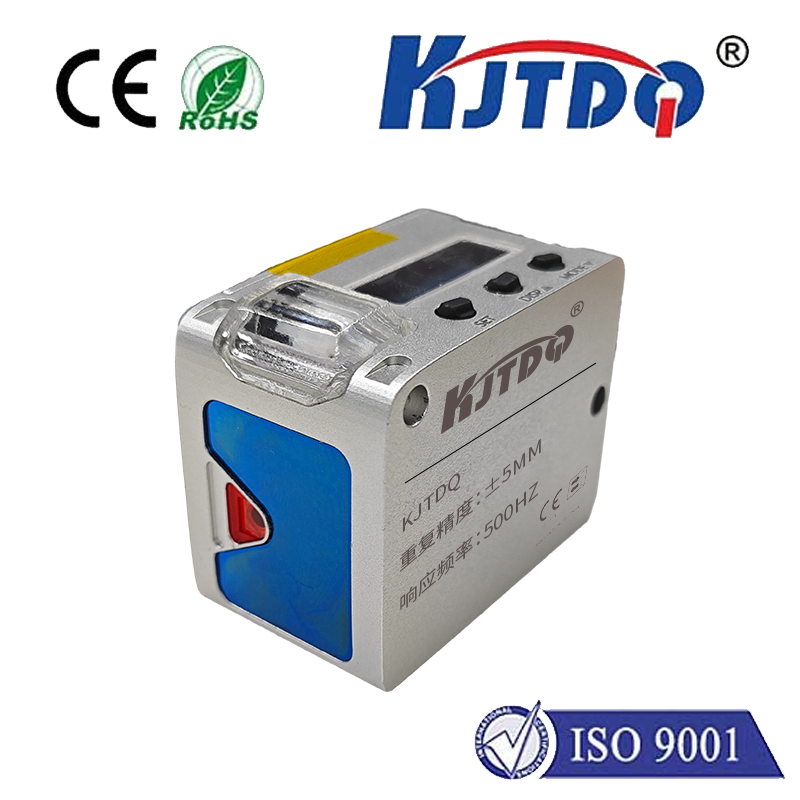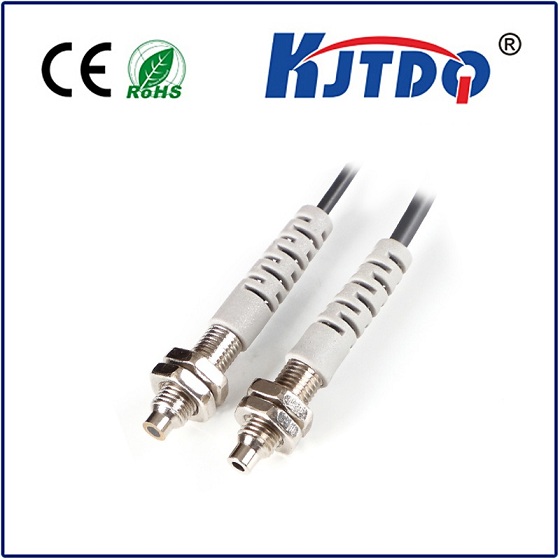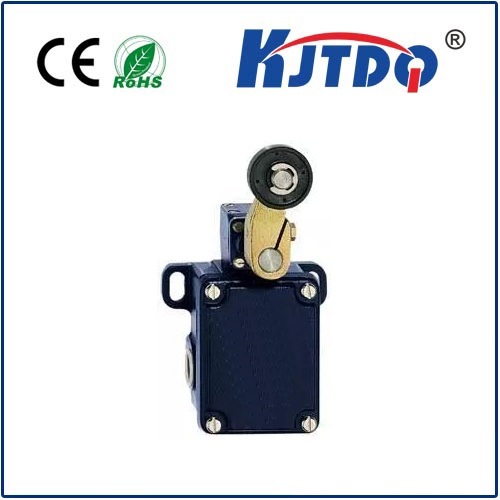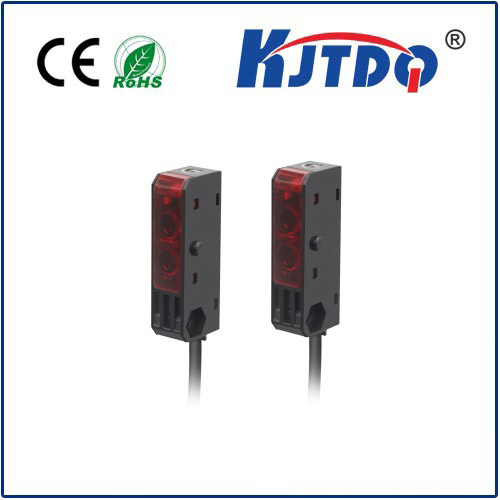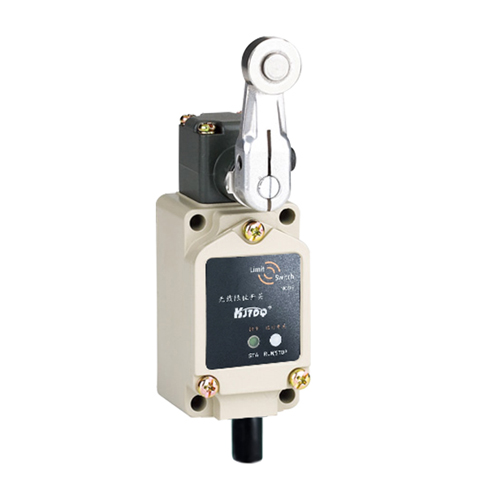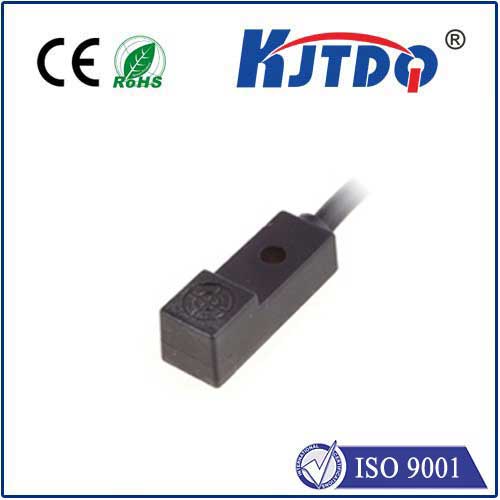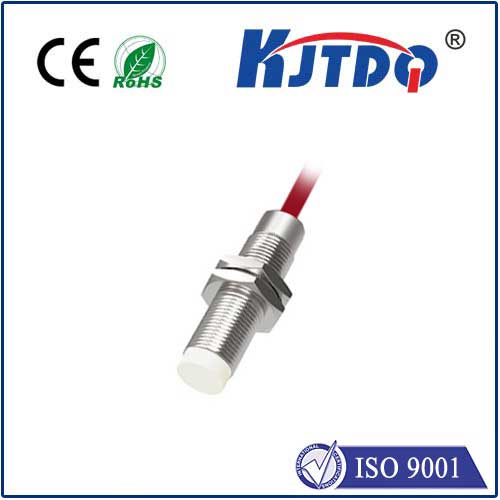

check

check

check

check
Imagine a bustling factory floor where every second counts—a misstep in detecting a moving object could halt production, costing thousands. In such high-stakes environments, reliable sensors are the unsung heroes, and the E3AS-HL150MT 2M long range photoelectric sensor emerges as a game-changer. This innovative device redefines efficiency, offering unparalleled range and accuracy for modern industrial challenges. As industries evolve toward smarter automation, photoelectric sensors like this are not just tools; they are the backbone of seamless, error-free operations.
The E3AS-HL150MT stands out with its core capability: a remarkable 2-meter detection range. Unlike standard sensors limited to short distances, this long-range photoelectric sensor excels in environments where objects must be monitored from afar without direct contact. It operates on a simple yet effective principle—emitting a light beam (typically infrared) and detecting its reflection or interruption to signal an object’s presence. This makes it ideal for applications like conveyor belts in logistics hubs, where items zoom by at high speeds. Key specifications include a fast response time of under 1 millisecond and high immunity to ambient light, ensuring minimal false triggers. As a photoelectric sensor, it leverages non-contact technology to reduce wear and tear, extending its lifespan in demanding settings. The E3AS-HL150MT’s rugged design also features IP67-rated protection against dust and water, making it a versatile choice for harsh industrial landscapes—from automotive plants to food processing lines.

Why should industries invest in such a sensor? The advantages are clear and multifaceted. First, long-range detection eliminates the need for multiple sensors or frequent repositioning, cutting setup costs and maintenance downtime. For instance, in warehouse automation, a single E3AS-HL150MT can monitor pallets across wide aisles, boosting throughput without manual intervention. Second, its high precision ensures accurate object counting and positioning, critical for quality control in manufacturing. Tests show that this photoelectric sensor maintains stability even in fluctuating conditions like variable lighting or vibrations, providing consistent reliability that reduces errors by over 95%. Third, the sensor’s energy efficiency contributes to sustainability goals, consuming minimal power while delivering robust performance. In today’s competitive market, these benefits translate to tangible savings—companies report up to 30% faster production cycles and lower operational risks, all thanks to the seamless integration of long-range photoelectric sensors like the E3AS-HL150MT.
Applications span diverse sectors, underscoring the sensor’s versatility in modern industries. In automotive assembly, the E3AS-HL150MT monitors vehicle parts on moving lines, ensuring components are aligned correctly before welding—a task where precision prevents costly rework. Similarly, in logistics and material handling, it detects containers on automated guided vehicles (AGVs), preventing collisions and optimizing route efficiency. Environmental challenges don’t hold it back; this photoelectric sensor excels in outdoor settings like mining or agriculture, where its long-range capability tracks machinery movements through dust and rain. Even in sensitive areas like pharmaceuticals, the non-invasive nature ensures hygiene compliance during packaging. Real-world case studies, such as a global e-commerce giant adopting the E3AS-HL150MT, highlight how it streamlines operations: one implementation saw a 25% drop in mishandled shipments, proving that reliable detection is integral to supply chain resilience. Embracing this technology isn’t just an upgrade—it’s a strategic move toward future-proof automation.
Selecting the right photoelectric sensor often boils down to balancing performance with practicality. The E3AS-HL150MT 2M long range photoelectric sensor achieves this with features like easy installation and compatibility with standard PLC systems, allowing quick retrofitting into existing setups. Its durable construction minimizes the need for replacements, backed by extended warranty options that enhance ROI. When compared to alternatives, such as ultrasonic or proximity sensors, this model’s light-based approach offers superior range and speed, making it a top choice for applications demanding pinpoint accuracy. Industry experts emphasize that innovations like the E3AS-HL150MT are driving the next wave of Industry 4.0, where sensors feed data into AI-driven analytics for predictive maintenance. As businesses seek scalable solutions, this photoelectric sensor stands as a pillar of reliability—transforming complex detection tasks into effortless processes.
Word count: 817
